Home>Gardening & Outdoor>Plant Care & Gardening Tips>When To Plant Wildflower Seeds In Oklahoma
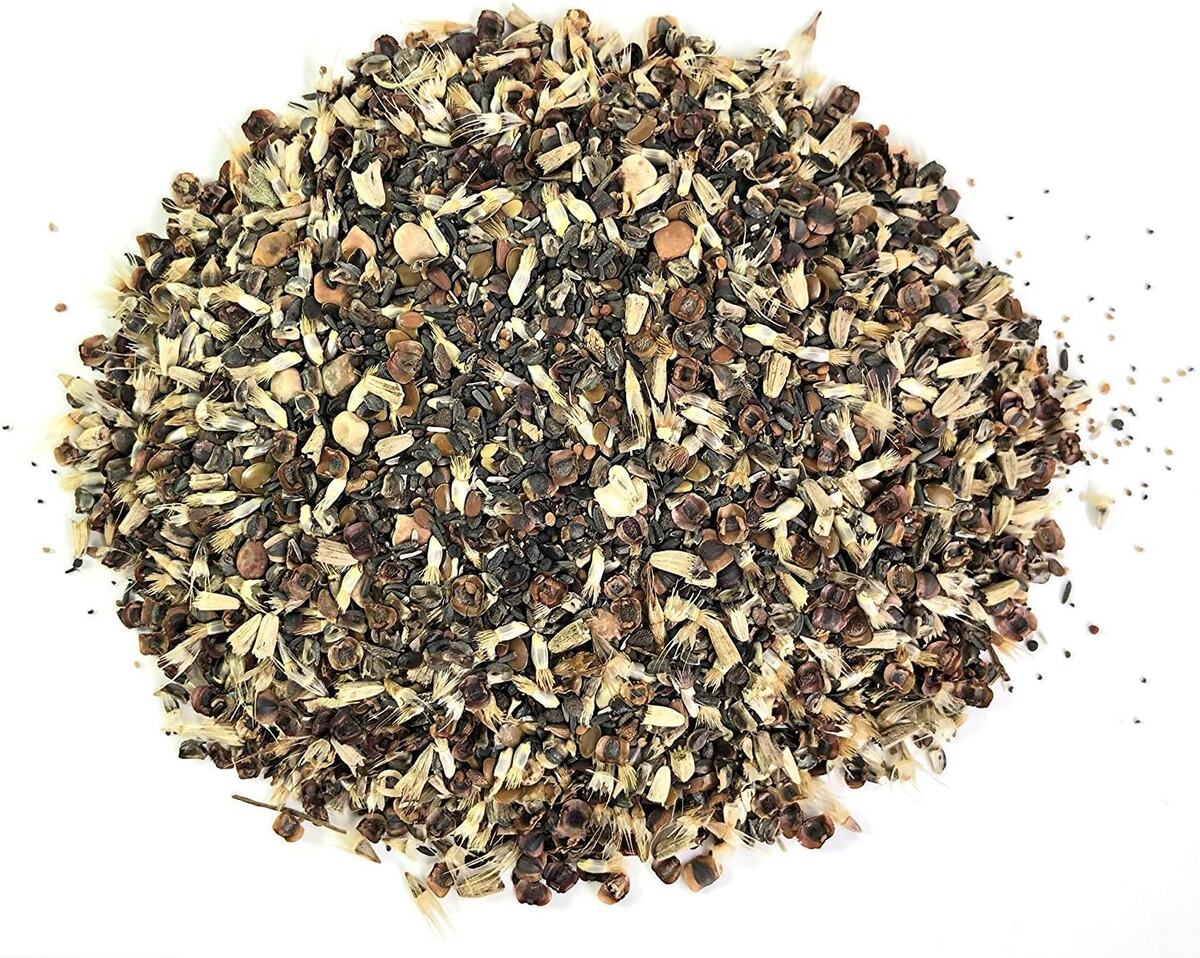

Plant Care & Gardening Tips
When To Plant Wildflower Seeds In Oklahoma
Modified: February 25, 2024
Discover the best time to plant wildflower seeds in Oklahoma with expert plant care and gardening tips. Ensure a successful wildflower garden with our comprehensive guide.
(Many of the links in this article redirect to a specific reviewed product. Your purchase of these products through affiliate links helps to generate commission for Storables.com, at no extra cost. Learn more)
**
Introduction
**
Welcome to the vibrant world of wildflowers! If you're a nature enthusiast or a gardening aficionado in Oklahoma, you're in for a treat. Wildflowers not only add a burst of natural beauty to your surroundings but also play a crucial role in supporting local ecosystems by providing nectar, pollen, and seeds for various wildlife.
In this guide, we'll delve into the art of planting wildflower seeds in Oklahoma. Whether you're a seasoned gardener or just starting with your green thumb, this comprehensive resource will equip you with the knowledge and insights needed to cultivate a stunning wildflower display in your own backyard or garden.
From understanding the unique characteristics of wildflower seeds to identifying the ideal planting time and providing essential care tips, we'll cover everything you need to know to ensure a successful wildflower gardening experience. So, grab your gardening gloves and get ready to embark on a colorful journey through the enchanting world of Oklahoma wildflowers.
Key Takeaways:
- Plant wildflower seeds in Oklahoma in early spring or late fall for optimal germination and growth, considering the diverse climate and soil conditions across the state.
- Choose native wildflower species suited to Oklahoma’s environment, and provide attentive care after planting to foster their successful growth and contribute to the state’s natural heritage.
Read more: When To Plant Bermuda Grass Seed In Oklahoma
Understanding Wildflower Seeds
Wildflower seeds are nature’s tiny treasures, encapsulating the potential for breathtaking blooms and diverse plant life. Unlike traditional garden flowers, wildflowers are indigenous to specific regions and have adapted to thrive in their native environments. This unique characteristic makes them well-suited for Oklahoma’s varying climate and soil conditions.
When it comes to wildflower seeds, diversity is key. A single packet of wildflower seeds can contain a multitude of species, each with its own set of requirements and characteristics. From vibrant sunflowers to delicate bluebonnets and cheerful Indian blankets, the assortment of wildflower species offers a kaleidoscope of colors and textures.
It’s essential to recognize that wildflower seeds may include annuals, biennials, and perennials, each with distinct growth habits. Annual wildflowers complete their life cycle within a year, while biennials take two years to do so. Perennials, on the other hand, return year after year, showcasing their blooms and foliage season after season.
Before planting wildflower seeds, it’s beneficial to familiarize yourself with the specific species included in your seed mix. Understanding the growth habits, preferred growing conditions, and the typical height and spread of each species will aid in planning and creating a harmonious wildflower display.
Moreover, wildflower seeds often benefit from scarification or stratification processes, which mimic the natural conditions required for germination. Scarification involves breaking or softening the seed coat to encourage germination, while stratification exposes seeds to cold, moist conditions to initiate the germination process. These techniques can enhance the germination rate and overall success of your wildflower planting endeavors.
By gaining a deeper understanding of the unique characteristics and requirements of wildflower seeds, you can set the stage for a thriving and visually captivating wildflower garden in Oklahoma.
Climate and Soil Conditions in Oklahoma
Oklahoma’s diverse climate and soil types create an ideal environment for a wide array of wildflower species. The state experiences varying climatic conditions, with the western regions characterized by arid landscapes and the eastern areas adorned with lush forests and prairies. Understanding the local climate and soil nuances is crucial for selecting the most suitable wildflower species and ensuring their successful establishment.
Throughout Oklahoma, the climate ranges from subtropical in the southeast to semi-arid in the west, with distinct seasonal variations. Summers are typically hot and humid, while winters can bring freezing temperatures and occasional snowfall, especially in the northern regions. Spring heralds the awakening of vibrant wildflowers, while autumn paints the landscapes with rich hues before the arrival of winter.
When it comes to soil, Oklahoma showcases an assortment of soil types, including clay, loam, and sandy soils. Each soil type has unique drainage and nutrient-holding capacities, influencing the growth and development of plants. Understanding the soil composition in your specific planting area is essential for choosing wildflower species that are well-suited to thrive in those conditions.
For wildflowers to flourish, well-draining soil is often preferred, as excessive water retention can lead to root rot and other moisture-related issues. Additionally, Oklahoma’s varying elevations contribute to differences in soil composition and moisture levels, further emphasizing the importance of selecting wildflowers that are compatible with the local soil characteristics.
By considering the diverse climate and soil conditions across Oklahoma, you can identify wildflower species that are resilient and suited to thrive in your specific region. Whether you’re nestled in the rolling plains of the west or amid the wooded landscapes of the east, there’s a wealth of wildflower varieties waiting to adorn your outdoor spaces with their natural charm.
Best Time to Plant Wildflower Seeds in Oklahoma
Timing is everything when it comes to planting wildflower seeds in Oklahoma. Understanding the seasonal rhythms and climatic patterns is crucial for determining the optimal time to sow wildflower seeds, ensuring favorable conditions for germination and establishment.
For many wildflower species, early spring and late fall are the prime windows for planting. In early spring, the soil begins to warm, and the threat of frost diminishes, creating an ideal environment for seed germination and early root development. Late fall, typically after the first frost, provides an opportunity for the seeds to undergo a natural stratification process during the winter months, leading to robust germination once temperatures rise in the following spring.
Early spring plantings capitalize on the increasing daylight and warming temperatures, providing seeds with the energy and warmth needed for germination. This timeframe also aligns with the natural growth cycles of many wildflowers, allowing them to establish strong root systems before the onset of summer heat.
When considering the best time to plant wildflower seeds in Oklahoma, it’s essential to be mindful of the specific species within your seed mix. Some wildflowers may have unique germination requirements or growth habits, influencing the most suitable planting timeframe. Additionally, local climate variations across the state may necessitate slight adjustments in planting schedules based on regional conditions.
By aligning your wildflower planting efforts with the optimal timeframes for germination and growth, you can set the stage for a spectacular display of native blooms, enhancing the natural beauty of Oklahoma’s landscapes and contributing to the preservation of indigenous flora.
Choosing the Right Wildflower Seeds for Oklahoma
When selecting wildflower seeds for your Oklahoma garden or landscape, it’s essential to consider a variety of factors to ensure the best possible outcome. The diverse climate and soil conditions across the state create an opportunity to embrace an assortment of wildflower species, each contributing its unique charm to the natural tapestry of the region.
Native wildflowers, such as Indian blanket, purple coneflower, and black-eyed Susan, are well-adapted to Oklahoma’s climate and soil, making them excellent choices for local wildflower gardens. These species not only thrive in the state’s environmental conditions but also provide essential resources for native pollinators and wildlife.
When browsing wildflower seed selections, look for mixes specifically curated for the central plains or prairie regions, as these blends often feature species that are indigenous to Oklahoma and its neighboring areas. Opting for regionally focused seed mixes increases the likelihood of successful establishment and ensures that the chosen wildflowers are well-suited to the local environment.
Consider the desired aesthetic and ecological goals for your wildflower planting. Whether you aim to create a vibrant display of colors, support pollinators, or enhance the natural diversity of your surroundings, there are wildflower mixes tailored to various objectives. Some mixes prioritize low-growing species ideal for meadow-like settings, while others emphasize tall, robust blooms that make a striking visual impact.
Furthermore, take into account the sunlight exposure and soil characteristics of your planting site when choosing wildflower seeds. Some species thrive in full sun, while others prefer partially shaded areas, so aligning the seed selection with the site’s specific conditions is vital for successful growth and blooming.
By thoughtfully selecting wildflower seeds that align with Oklahoma’s ecological heritage and your personal gardening aspirations, you can cultivate a flourishing wildflower haven that celebrates the state’s natural splendor and contributes to the preservation of its unique ecosystems.
Wildflower seeds can be planted in Oklahoma in the fall, between October and November, or in early spring, between March and April. This timing allows the seeds to establish before extreme temperatures.
Read more: When Should I Plant Wildflower Seeds
Preparing the Planting Site
Before embarking on the exhilarating journey of sowing wildflower seeds in Oklahoma, it’s essential to prepare the planting site to provide an optimal environment for germination and growth. Proper site preparation sets the stage for a successful wildflower display and contributes to the long-term health of the planted species.
Begin by assessing the soil conditions in the intended planting area. While wildflowers are often adaptable, they generally thrive in well-draining soil. If the soil is compacted or lacks adequate drainage, consider incorporating organic matter, such as compost or peat moss, to improve soil structure and moisture retention. This enhances the soil’s capacity to support healthy root development and overall plant vigor.
Clear the planting site of any debris, including rocks, weeds, and existing vegetation that may compete with the emerging wildflowers for resources. While some wildflower species can thrive in slightly disturbed environments, providing a clean and weed-free planting area minimizes potential obstacles for the seeds and young plants.
Depending on the selected wildflower species, you may opt to prepare the soil through gentle tilling or raking to create a loose, receptive seedbed. This process facilitates seed-to-soil contact, a critical factor for successful germination. However, some wildflower species benefit from minimal soil disturbance, so it’s important to align the preparation techniques with the specific requirements of the chosen seed mix.
Consider the sunlight exposure in the planting area and ensure that it aligns with the sunlight preferences of the selected wildflower species. Most wildflowers thrive in full sun, requiring a minimum of six hours of direct sunlight per day. If the site experiences partial shade, opt for wildflower species that are adapted to such conditions to promote healthy growth and abundant blooms.
By meticulously preparing the planting site, you establish a nurturing foundation for the wildflower seeds, fostering their potential to thrive and contribute to the natural splendor of Oklahoma’s landscapes. With the groundwork laid and the stage set, you’re poised to embark on the exciting process of sowing wildflower seeds and witnessing the beauty of nature unfold.
Planting Wildflower Seeds in Oklahoma
As you embark on the enchanting endeavor of planting wildflower seeds in Oklahoma, you step into a world of boundless natural beauty and ecological harmony. The act of sowing these tiny, resilient seeds is a testament to your commitment to nurturing the local ecosystem and adorning the landscape with a vibrant tapestry of native blooms.
When planting wildflower seeds, it’s crucial to follow a few essential steps to maximize their potential for successful germination and establishment. Begin by evenly broadcasting the seeds over the prepared planting area, ensuring thorough coverage while avoiding excessive seed concentration in any particular spot. Gentle raking or light soil coverage may be employed for species that benefit from a shallow planting depth, while others thrive when sown directly on the soil surface.
After sowing the seeds, lightly press or roll the planting area to enhance seed-to-soil contact, a vital factor for initiating germination. This step promotes the seeds’ access to moisture and facilitates the absorption of essential nutrients from the soil, setting the stage for robust growth and development.
Following the initial planting, provide the seeds with a generous watering to kickstart the germination process. While wildflowers are often resilient and adaptable, consistent moisture is crucial during the early stages of growth. Be mindful of the soil moisture levels, ensuring that the planting area remains adequately moist without becoming waterlogged, which can impede germination and lead to fungal issues.
As the seeds germinate and the young wildflowers emerge, monitor the planting area for weed growth and invasive species that may compete with the developing plants. Gentle hand-weeding or the application of mulch can help suppress weed growth and provide the emerging wildflowers with a competitive edge as they establish themselves in their new environment.
Throughout the germination and early growth stages, maintain a watchful eye on the planted area, observing the emergence of delicate seedlings and celebrating the promise of the colorful blooms that will grace the landscape in the coming weeks and months. Your dedication to planting wildflower seeds in Oklahoma contributes to the preservation of indigenous flora and the creation of a captivating, nature-inspired haven in your own outdoor space.
As you witness the transformation of tiny seeds into a flourishing wildflower display, you become an integral part of the intricate dance of nature, fostering the interconnectedness between plants, pollinators, and the local ecosystem. Your efforts to plant wildflower seeds not only enrich the visual tapestry of Oklahoma’s landscapes but also contribute to the conservation of the state’s natural heritage, ensuring that its wildflower legacy continues to thrive for generations to come.
Caring for Wildflower Seeds after Planting
After sowing wildflower seeds in your Oklahoma garden or landscape, providing attentive care and nurturing the emerging seedlings are essential steps in fostering their successful growth and eventual blooming. While wildflowers are often resilient and adaptable, they can benefit from thoughtful maintenance and support during their early stages of development.
One of the most critical aspects of post-planting care is consistent moisture management. While the seeds germinate and the young seedlings establish their root systems, maintaining adequate soil moisture is vital for their survival and growth. Be mindful of the weather conditions and adjust your watering practices accordingly, ensuring that the planting area remains sufficiently moist without becoming waterlogged.
As the wildflower seedlings emerge, it’s important to monitor the planting area for weed growth and invasive species that may compete with the developing plants for resources. Gentle hand-weeding or the application of organic mulch can help suppress weed growth and provide the emerging wildflowers with a competitive edge as they establish themselves in their new environment.
Depending on the specific wildflower species you’ve planted, consider the potential benefits of supplemental fertilization. While many wildflowers are adapted to thrive in nutrient-deficient soils, a light application of a balanced, low-nitrogen fertilizer can support their early growth and overall vigor. However, it’s crucial to exercise caution with fertilization, as excessive nutrients can lead to lush foliage at the expense of blooming.
Throughout the initial growth stages, maintain a watchful eye on the planted area, observing the emergence of delicate seedlings and celebrating the promise of the colorful blooms that will grace the landscape in the coming weeks and months. Your dedication to providing attentive care to the wildflower seeds reflects your commitment to nurturing the local ecosystem and preserving the natural beauty of Oklahoma’s landscapes.
As the wildflowers continue to flourish, embrace the enchanting process of observing their growth and development, marveling at the intricate details of each bloom and the bustling activity of pollinators drawn to the nectar-rich flowers. Your care and stewardship contribute to the preservation of indigenous flora and the creation of a captivating, nature-inspired haven in your own outdoor space.
By tending to the needs of the wildflower seeds after planting, you become an integral part of the intricate dance of nature, fostering the interconnectedness between plants, pollinators, and the local ecosystem. Your efforts not only enrich the visual tapestry of Oklahoma’s landscapes but also contribute to the conservation of the state’s natural heritage, ensuring that its wildflower legacy continues to thrive for generations to come.
Conclusion
Congratulations on embarking on the captivating journey of planting wildflower seeds in Oklahoma! By delving into the art of wildflower gardening, you’ve embraced the opportunity to connect with nature, contribute to the preservation of indigenous flora, and create a vibrant, nature-inspired haven in your own outdoor space.
As you’ve discovered, wildflowers are not merely plants; they are living testaments to the resilience and beauty of the natural world. By understanding the unique characteristics of wildflower seeds and aligning your planting endeavors with the optimal timing and site preparation, you’ve set the stage for a flourishing wildflower display that celebrates the rich tapestry of Oklahoma’s landscapes.
Choosing the right wildflower seeds tailored to Oklahoma’s climate and soil conditions reflects your commitment to nurturing the local ecosystem and supporting the essential role of native flora in sustaining biodiversity. Your thoughtful selection of indigenous wildflower species contributes to the preservation of the state’s natural heritage and the creation of a sustainable, wildlife-friendly environment.
Throughout the planting and post-planting care processes, your attentive stewardship and dedication to nurturing the emerging wildflowers exemplify your role as a caretaker of the land. By providing the essential elements of moisture, support, and care, you’ve fostered the growth and development of a diverse array of wildflowers, each contributing its unique charm to the natural tapestry of Oklahoma.
As the wildflowers continue to thrive and grace your outdoor spaces with their vibrant blooms, take a moment to revel in the beauty and intricacy of nature’s design. Whether it’s the cheerful nod of a black-eyed Susan, the delicate allure of a bluebonnet, or the vibrant hues of an Indian blanket, each wildflower tells a story of resilience, adaptation, and the timeless dance of life.
Your commitment to planting wildflower seeds in Oklahoma extends beyond the boundaries of your garden or landscape. It resonates with the broader mission of preserving the natural heritage of the state, supporting local ecosystems, and fostering a deeper connection with the land and its inhabitants.
As you witness the transformation of tiny seeds into a flourishing wildflower display, you become an integral part of the intricate dance of nature, fostering the interconnectedness between plants, pollinators, and the local ecosystem. Your efforts not only enrich the visual tapestry of Oklahoma’s landscapes but also contribute to the conservation of the state’s natural heritage, ensuring that its wildflower legacy continues to thrive for generations to come.
So, as you bask in the beauty of your wildflower haven, remember that your dedication has woven a vibrant thread into the fabric of Oklahoma’s natural landscapes, enriching the lives of those who behold the splendor of native blooms and contributing to the enduring legacy of wildflowers in the heart of the Sooner State.
Frequently Asked Questions about When To Plant Wildflower Seeds In Oklahoma
Was this page helpful?
At Storables.com, we guarantee accurate and reliable information. Our content, validated by Expert Board Contributors, is crafted following stringent Editorial Policies. We're committed to providing you with well-researched, expert-backed insights for all your informational needs.
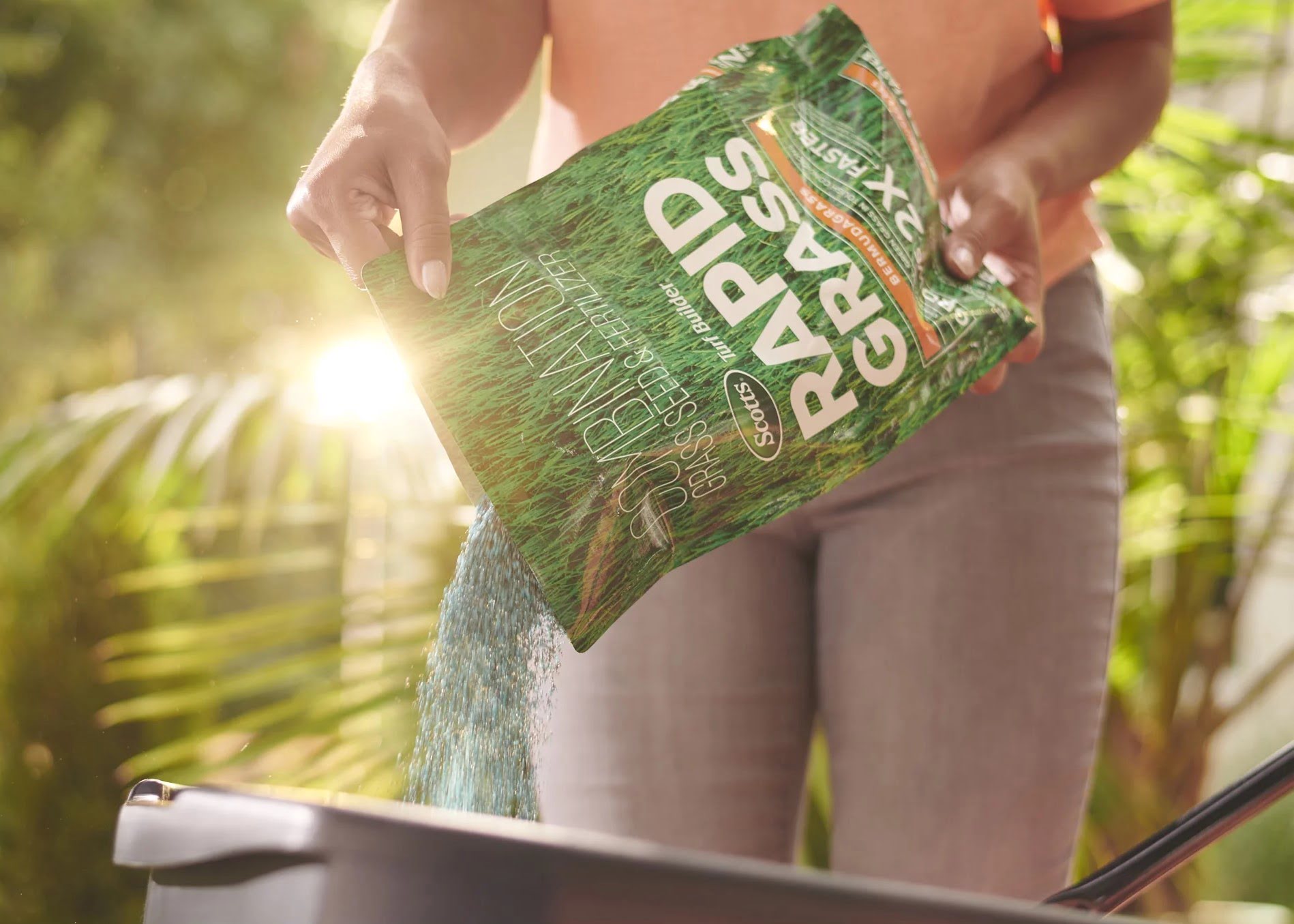

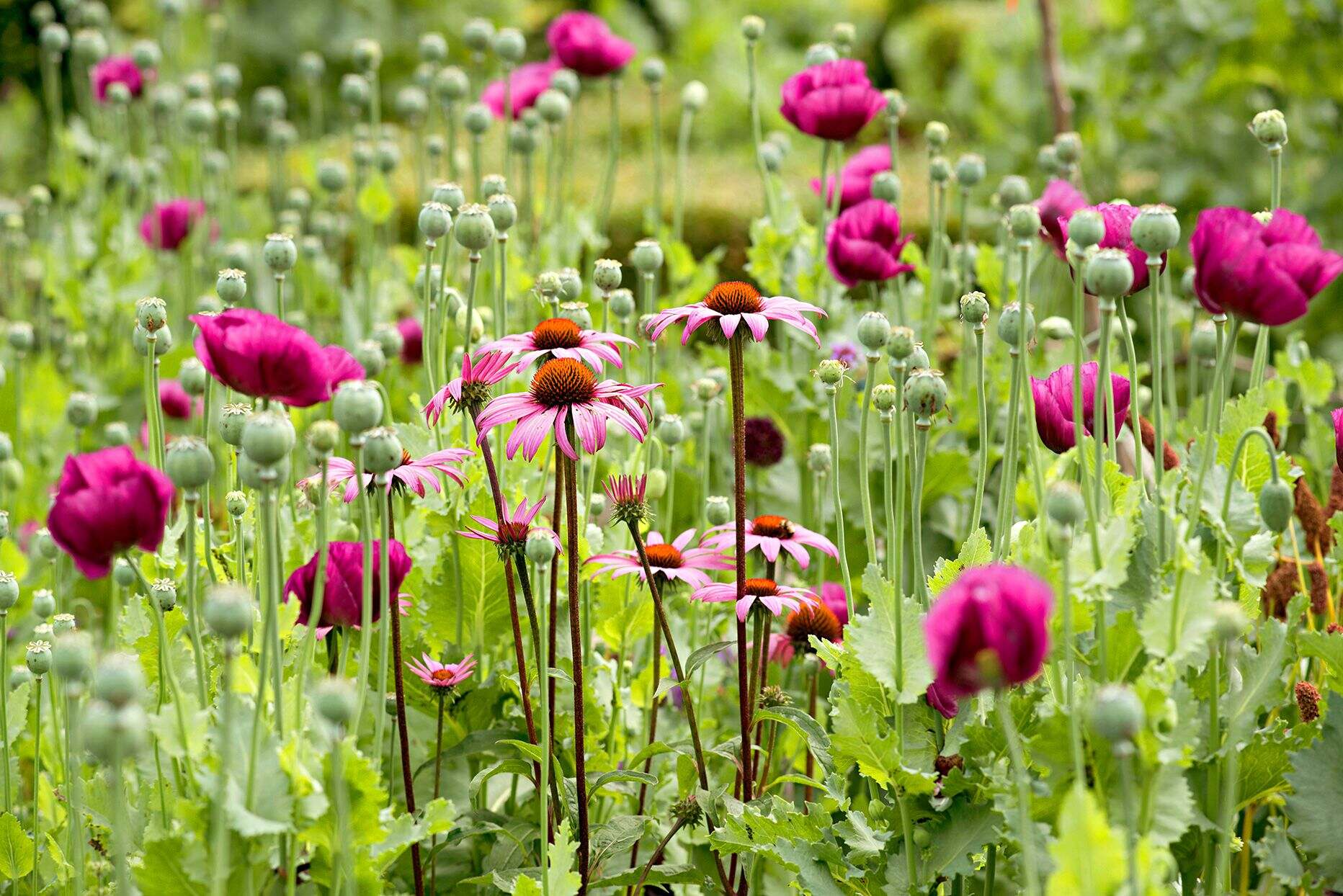
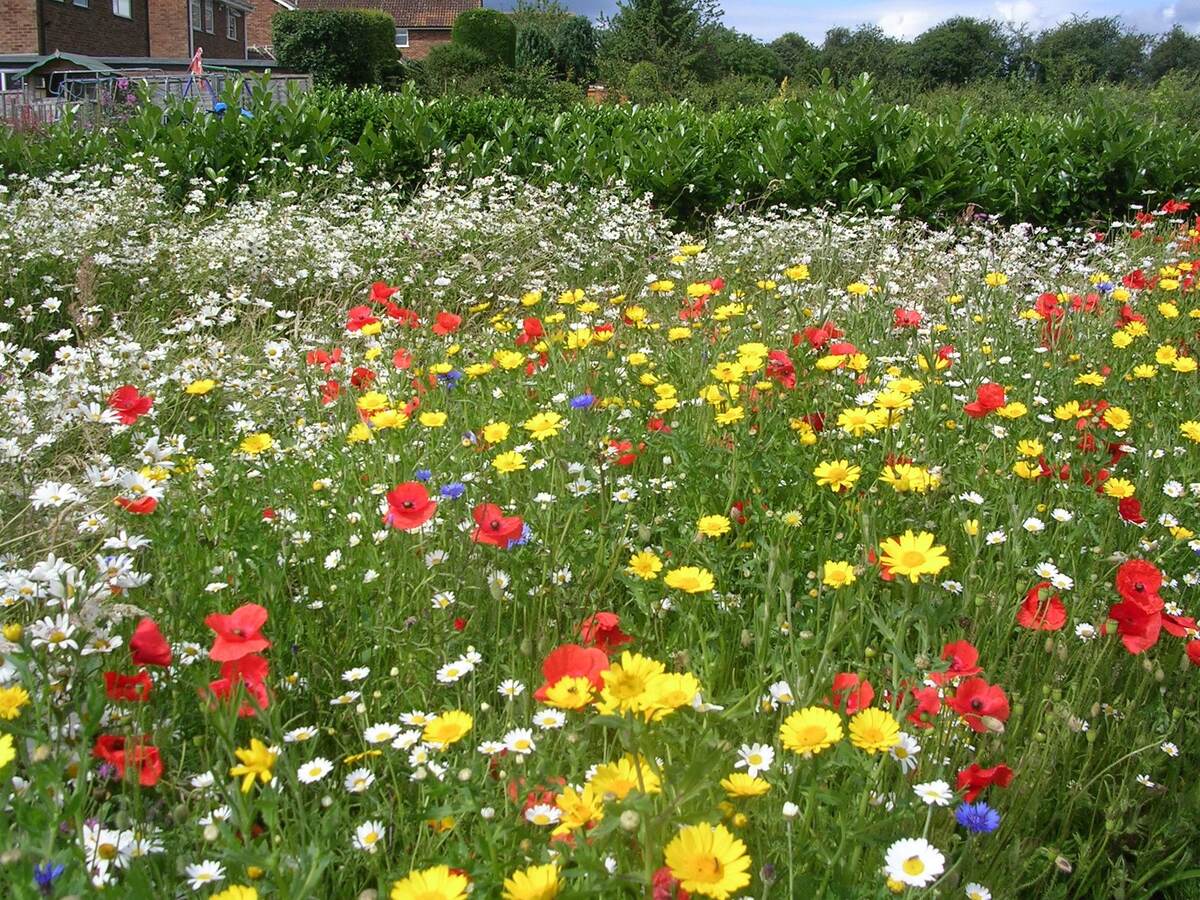
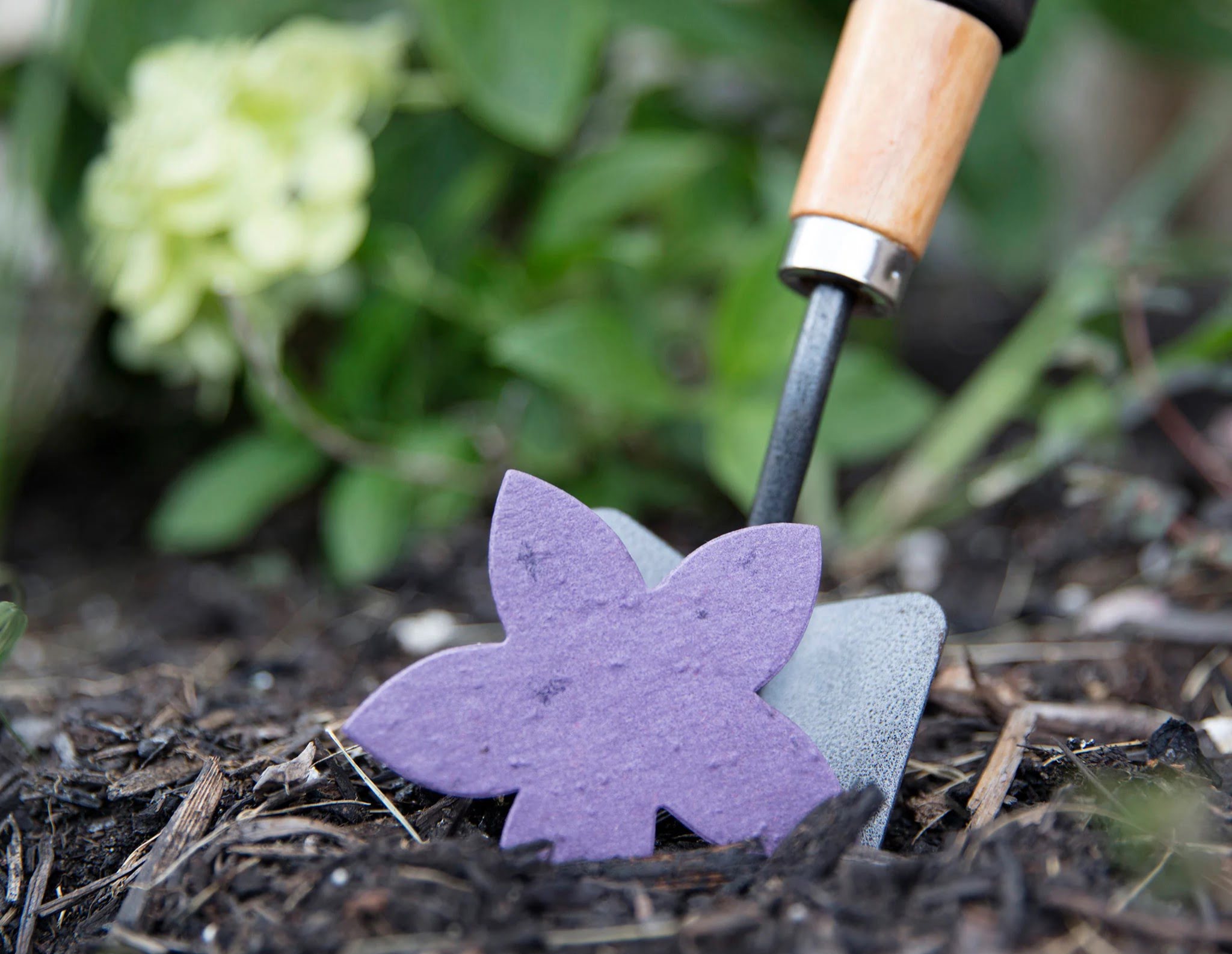
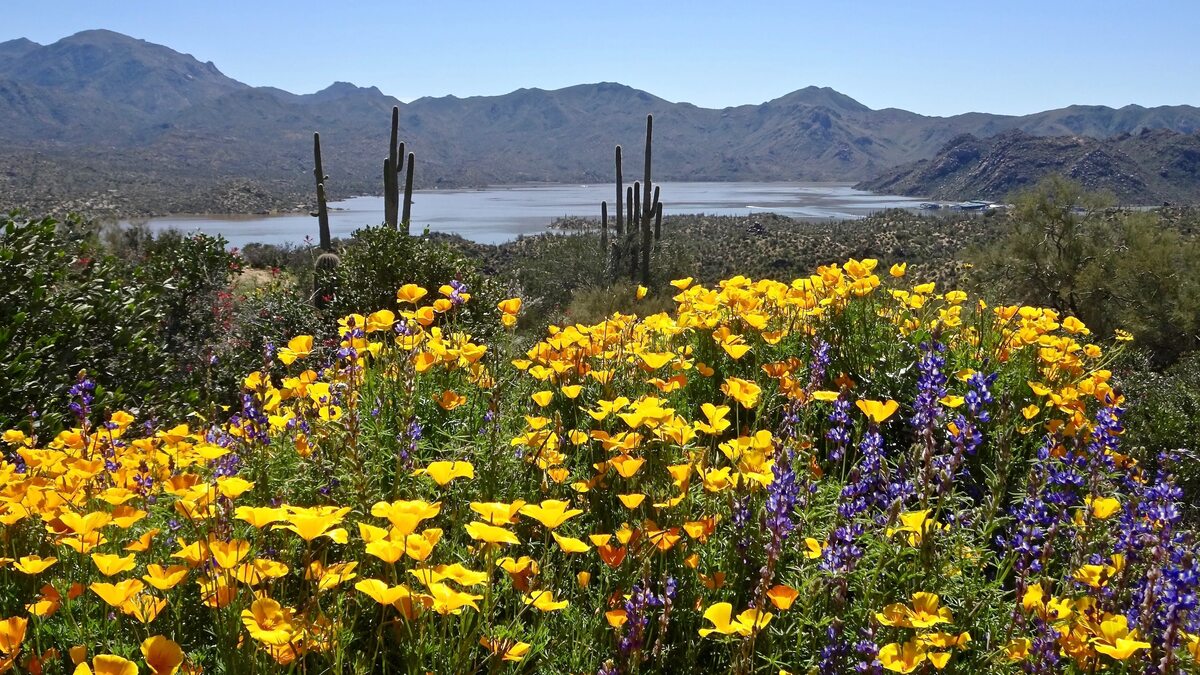
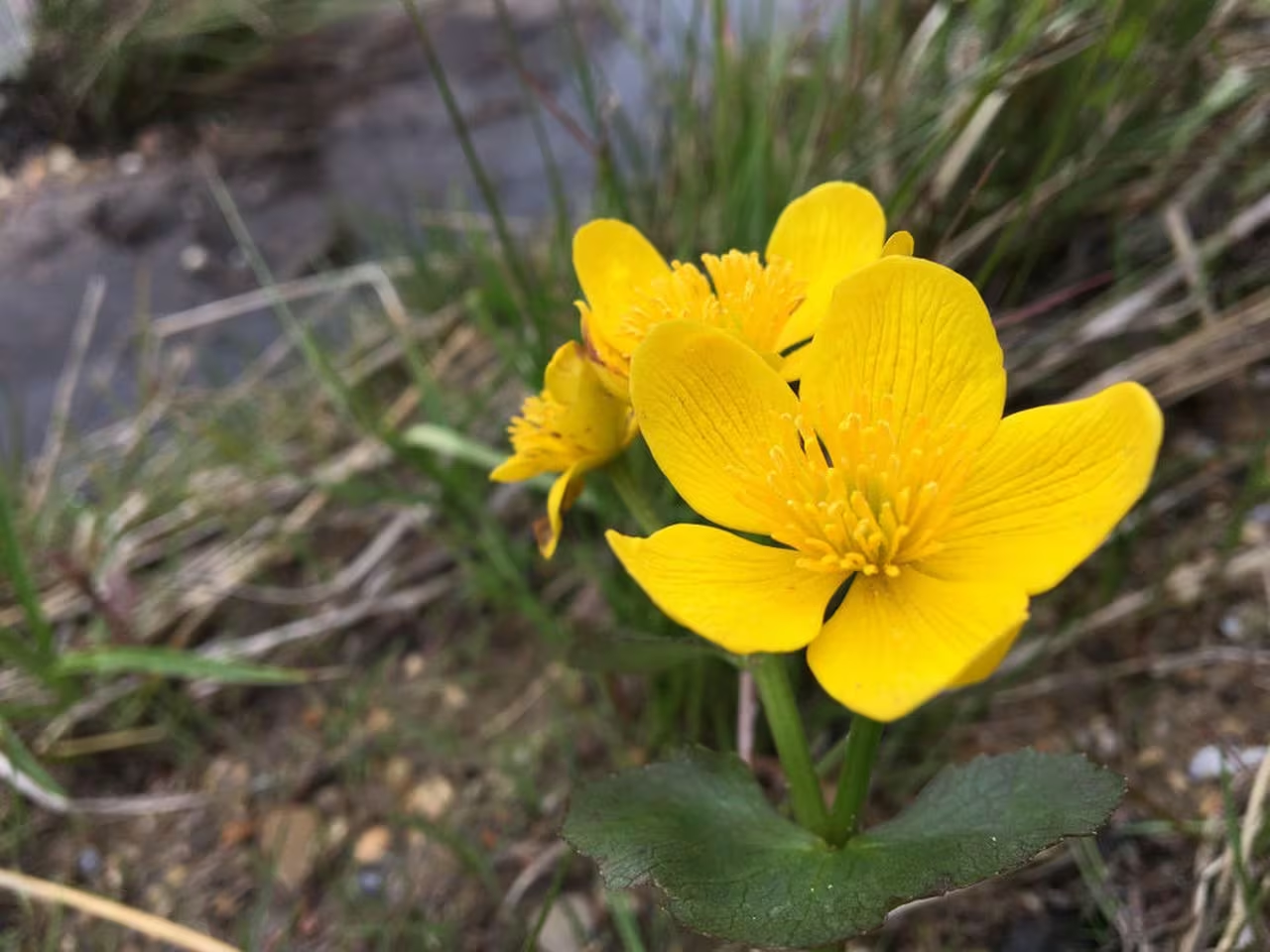
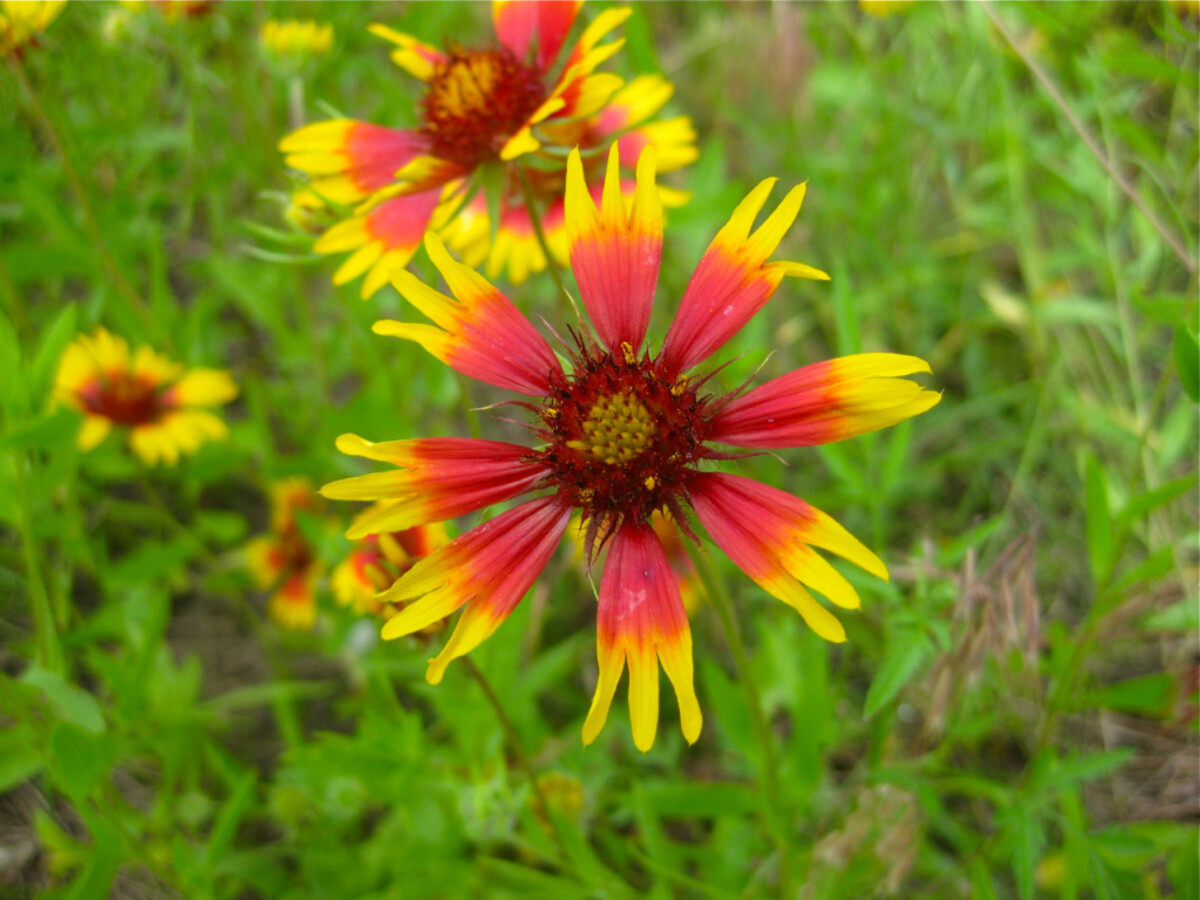
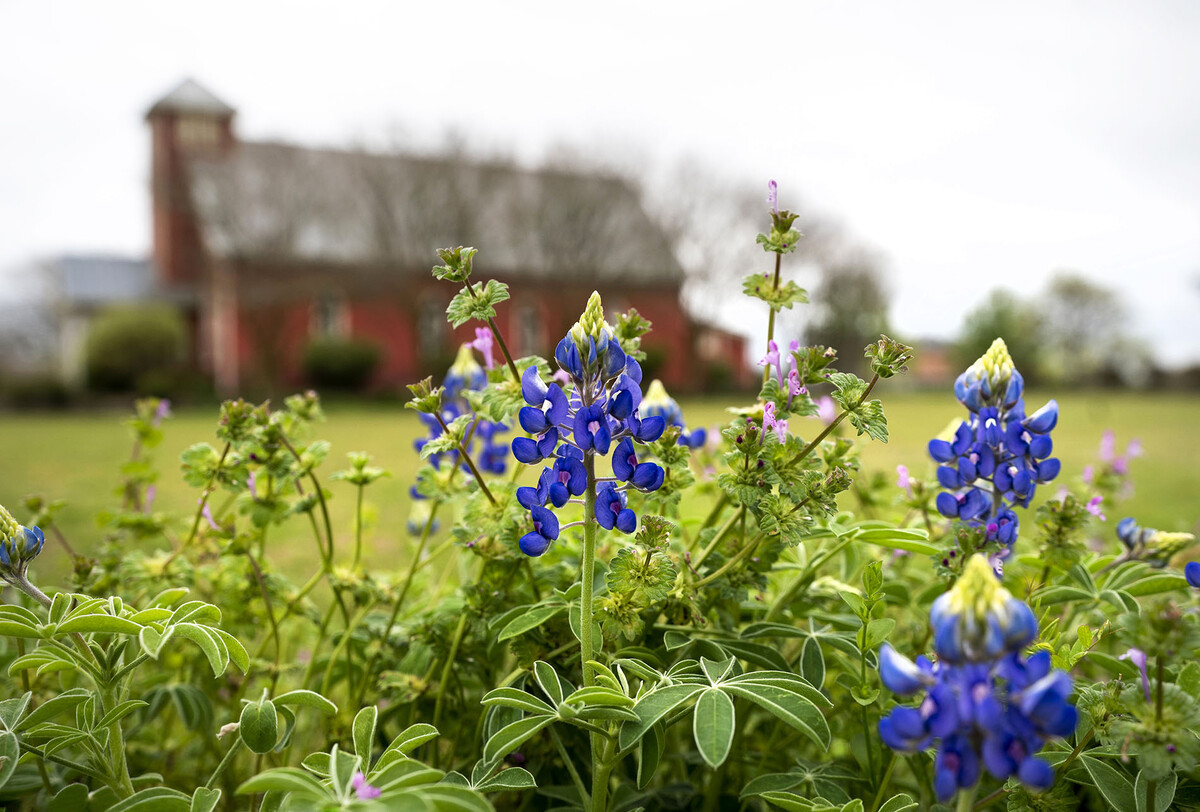

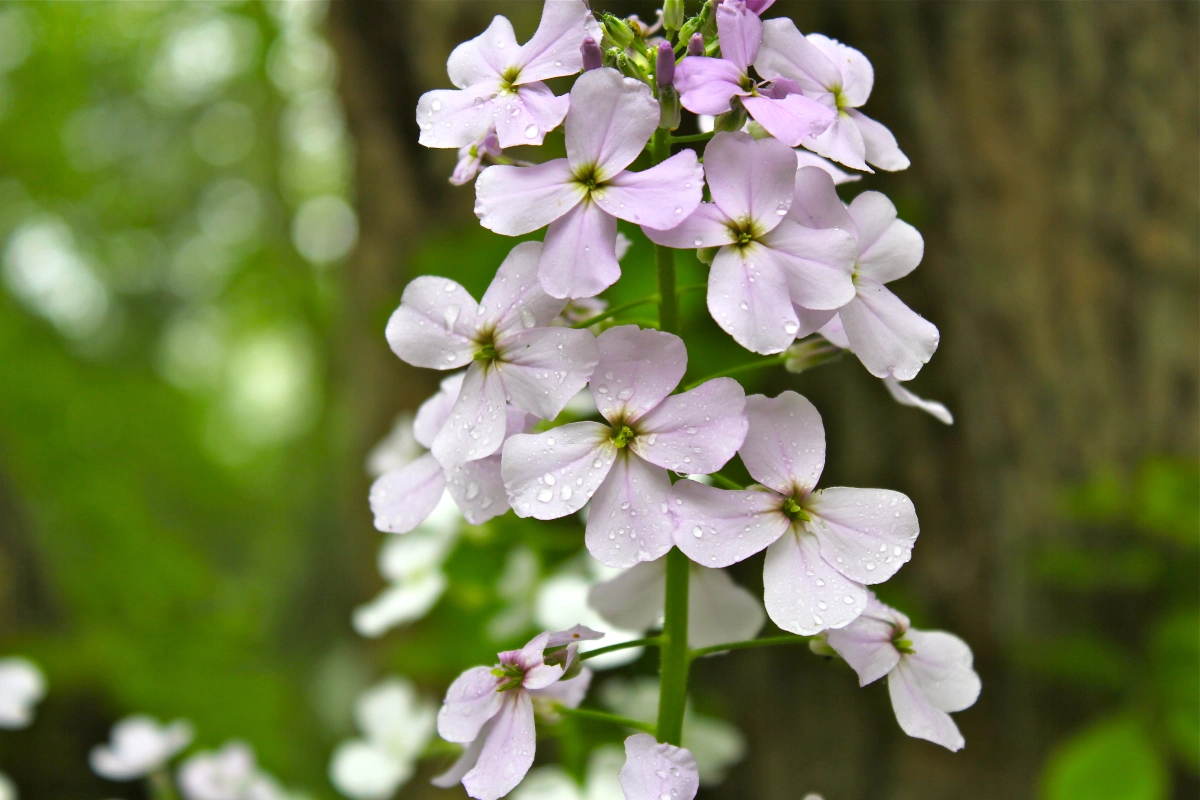
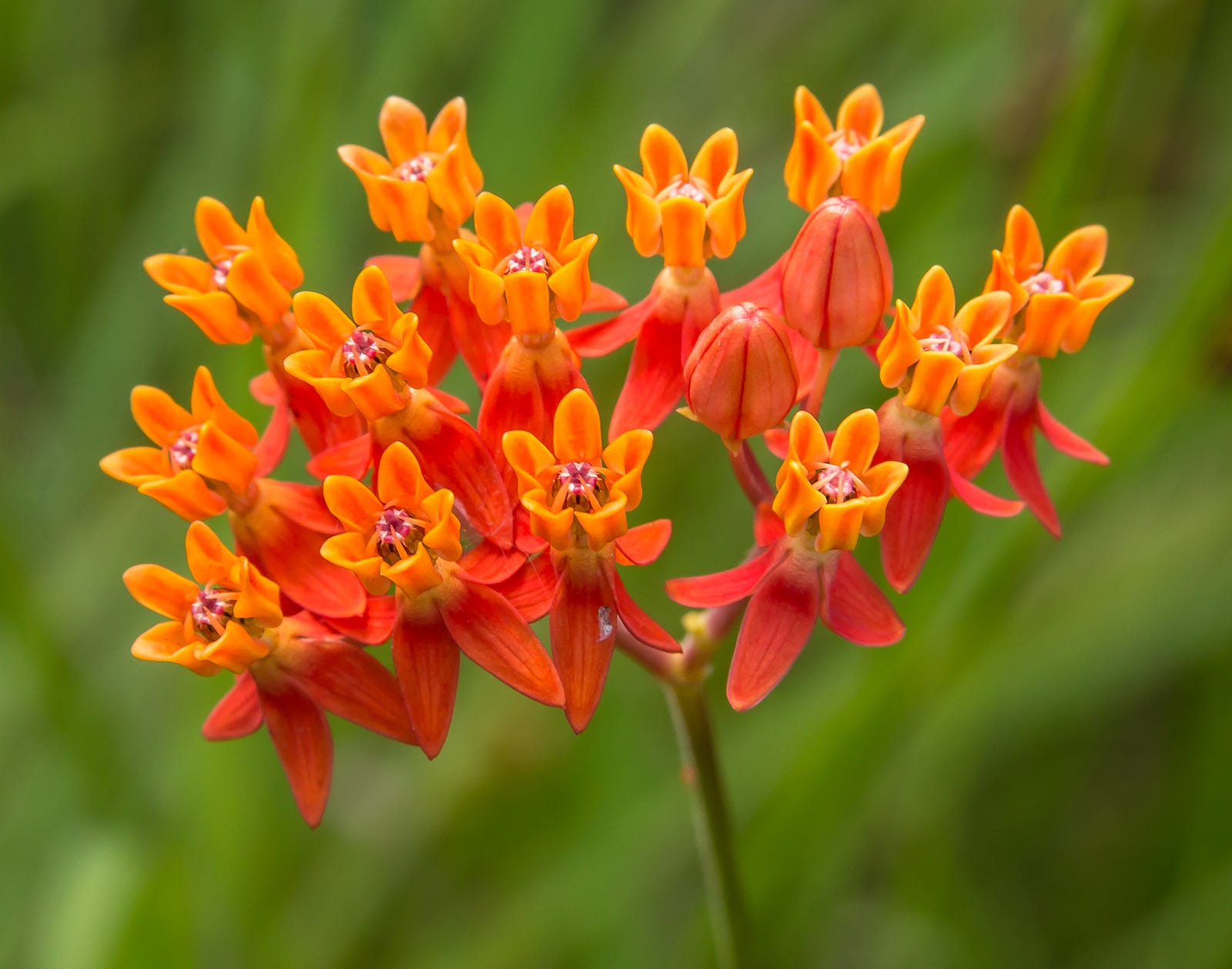
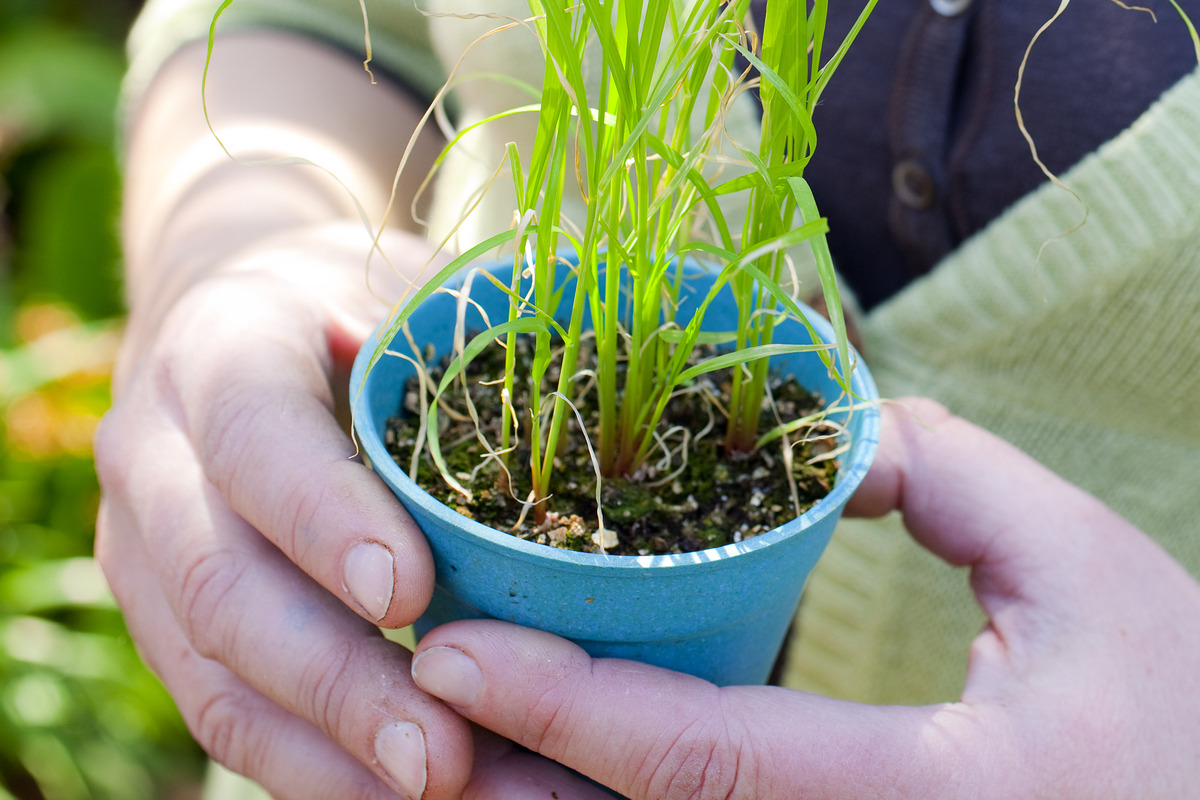
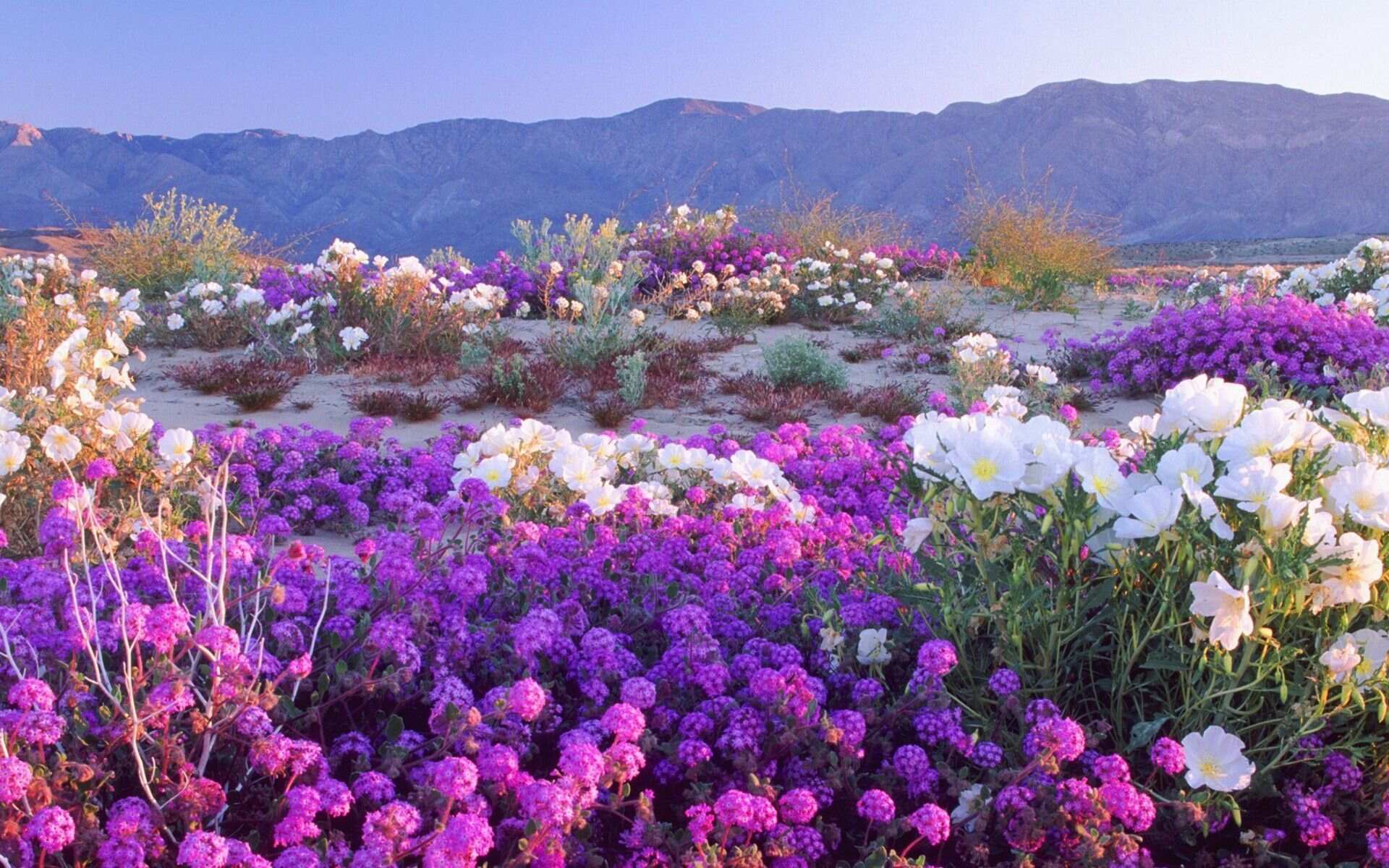

0 thoughts on “When To Plant Wildflower Seeds In Oklahoma”